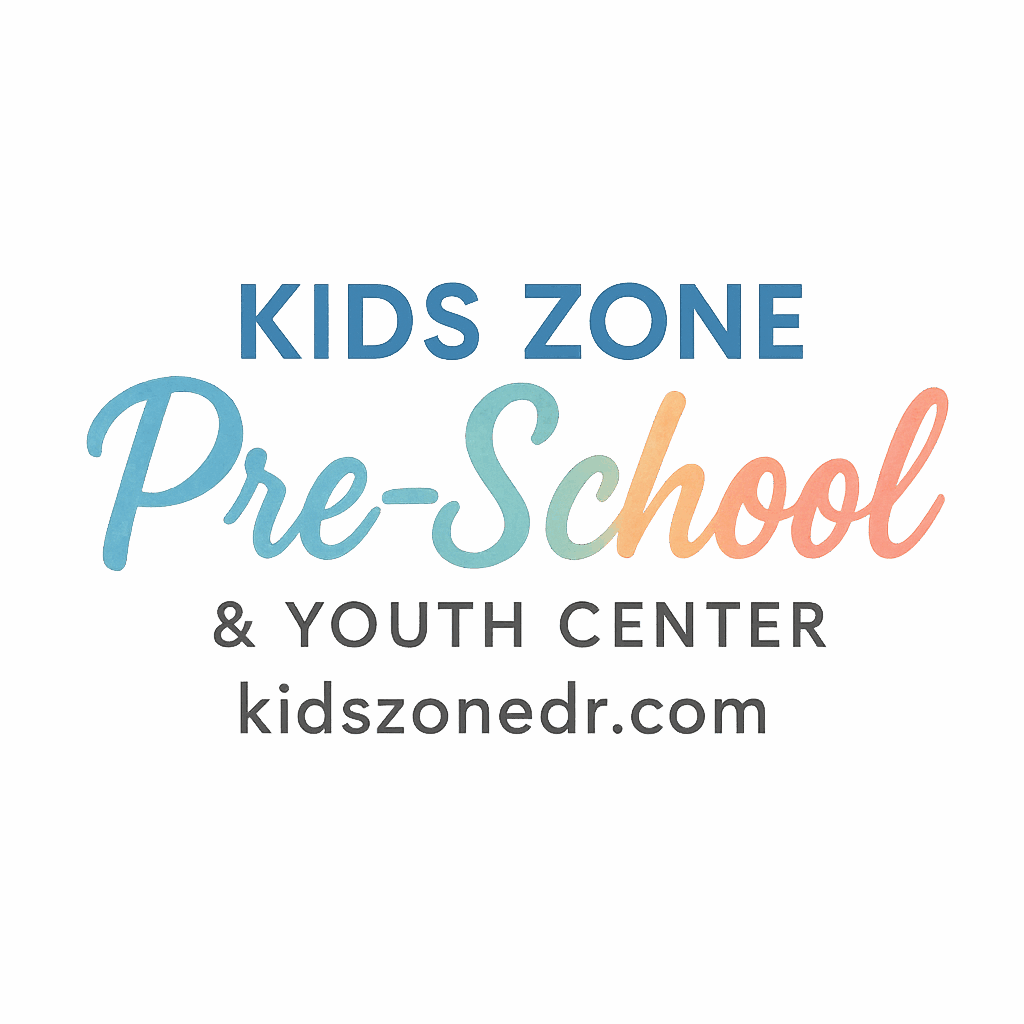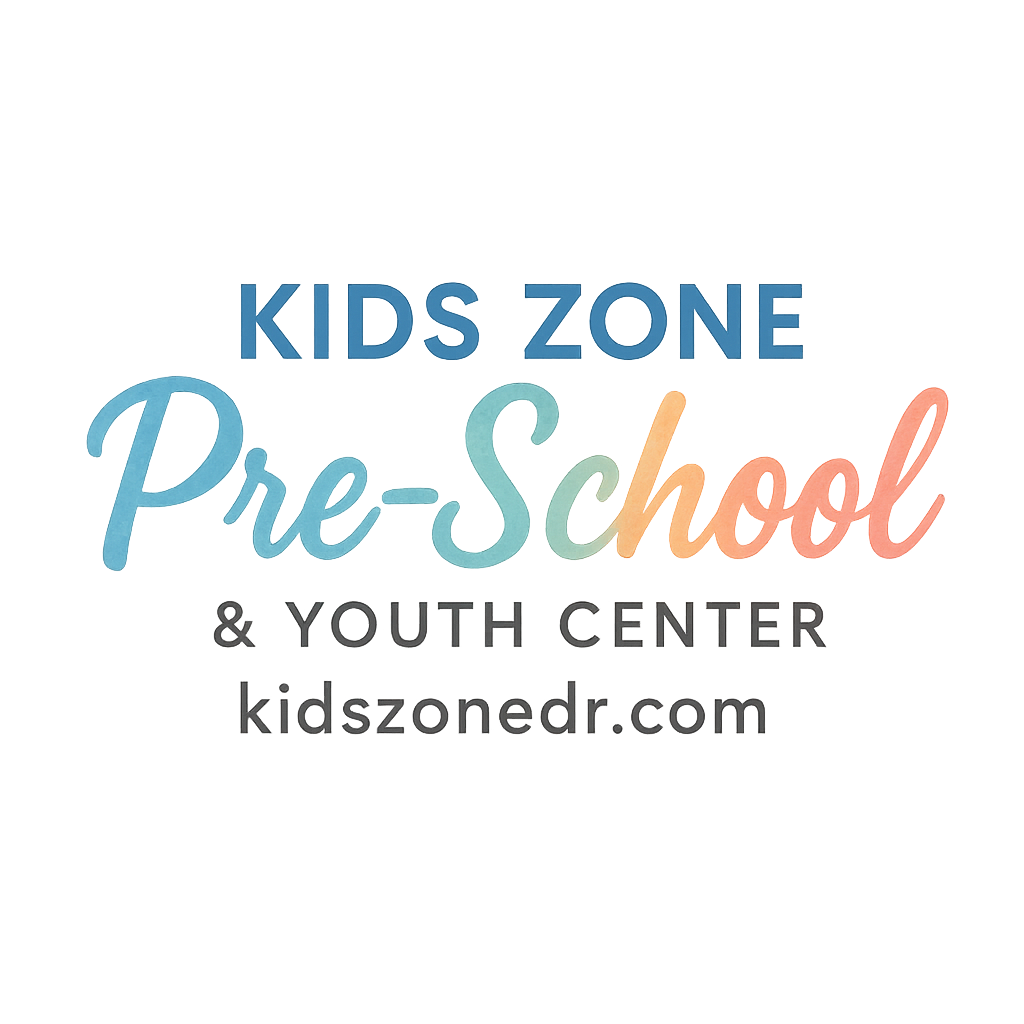Introduction: Why Dance Games Matter for Kids
If you’ve ever watched a group of preschoolers after snack time, you know they’re basically little balls of energy. They wiggle, they bounce, and they need a fun way to let it all out. That’s where dance games come in! Dance isn’t just moving to music—it’s a joyful way for kids to burn energy, develop skills, and laugh together. Preschool and youth center dance games make the perfect combo of movement, rhythm, and play.
Benefits of Dance Games in Preschool and Youth Centers
Dance games are more than just fun—they’re powerful developmental tools. Let’s break down the big benefits.
Physical Development
Dance helps kids strengthen muscles, improve balance, and boost coordination. It’s like sneaking in exercise without them even realizing it.
Emotional Well-being
Movement and music are natural mood-boosters. Kids often express joy, reduce stress, and build self-confidence through dance.
Social Interaction
Group dance games encourage teamwork, taking turns, and learning how to cooperate—key preschool skills!
Cognitive Growth
Dance enhances memory, listening skills, and creativity. Following rhythms or remembering steps strengthens the brain just as much as the body.
Tips for Organizing Dance Games for Young Children
Setting the Right Environment
Clear the floor, make sure kids have enough space, and minimize distractions. Think of it like setting the stage for fun!
Choosing Age-Appropriate Music
Pick lively songs with clear beats but keep lyrics clean and kid-friendly. Even better—mix in songs with instructions built in.
Safety Considerations
Always watch for tripping hazards, remind kids to respect personal space, and keep water breaks handy.
11 Fun Dance Games for Energy Release
Now for the exciting part—let’s dive into the best preschool and youth center dance games!
1. Freeze Dance
How to Play
Play music and let kids dance freely. When the music stops, they must freeze like a statue.
Why Kids Love It
It’s silly, fast-paced, and gives them a chance to show off funny poses.
2. Animal Dance Party
Kids pick an animal and dance like it—hop like frogs, flap like birds, or stomp like elephants. A fun way to mix movement with imagination.
3. Follow the Leader Dance
One child leads with a dance move, and the rest follow. Then the leader role switches. This boosts creativity and confidence.
4. Dance and Pass the Ball
Play music and have kids pass a soft ball. When the music stops, the child holding it must show a dance move for everyone to copy.
5. Color Spot Dance
Place colorful mats or spots on the floor. Call out a color, and kids must dance their way to it before the music stops.
6. Musical Statues with a Twist
When the music pauses, instead of freezing, kids must freeze in a specific pose—like a superhero or a starfish.

7. Rhythm Circle Dance
Kids form a circle and take turns stepping into the middle to dance a move that others repeat. Encourages rhythm awareness and group play.
8. Dance Charades
Instead of acting out words, kids dance them. For example, “washing dishes” becomes a funny dance move. It’s imaginative and hilarious.
9. Dance Relay Races
Divide into teams and race across the room doing silly dance moves like tiptoeing, twirling, or crab-walking.
10. Emotion Dance Game
Play music and call out an emotion like “happy” or “angry.” Kids must dance in a way that expresses that feeling. Great for emotional learning.
11. Glow Stick Dance Party
Turn off the lights, hand out glow sticks, and let the kids groove! Safe, exciting, and the perfect way to end the day with energy release.
How to Keep Kids Engaged During Dance Games
Using Visual Cues
Props like scarves, ribbons, or balloons can keep kids focused and excited.
Offering Rewards and Praise
Simple praise, stickers, or extra dance turns can work wonders for motivation.
Role of Teachers and Parents in Dance Activities
Encouraging Confidence
Adults can model silly moves, showing kids that it’s okay to let loose. Confidence grows when kids feel supported.
Promoting Healthy Habits Through Dance
Dance naturally encourages fitness, rhythm, and healthy routines. Parents and teachers can reinforce these habits beyond the dance floor.
Integrating Dance Games into Daily Preschool Routines
Morning Warm-Ups
Start the day with short, energizing dances to get bodies and brains ready for learning.
Midday Energy Release
Perfect after snack time or before nap time to burn off excess energy.
End-of-Day Cool Down
Use slow, calming dance to help kids transition from playtime to home time.
Conclusion: Dance as a Tool for Growth and Fun
Dance games aren’t just about moving—they’re about connecting, laughing, learning, and releasing energy in the healthiest way. By blending music, play, and teamwork, preschools and youth centers can help kids develop essential life skills while having a blast. Whether it’s freeze dance or glow stick parties, every wiggle and jump is a step toward growth.
For more guides on preschool learning, daily routines, and building confidence in kids, check out Kids Zone DR, including resources on choosing the right preschool, daily routines and activities, and parental involvement in learning.
FAQs
1. What age group are these dance games best for?
These games are designed for preschoolers (ages 3–5) but can easily be adapted for older kids in youth centers.
2. How long should a dance game session last?
Around 15–30 minutes works best, depending on the kids’ attention spans and energy levels.
3. Do I need special equipment for these games?
Not really! Music, a safe space, and a few props like scarves or glow sticks are plenty.
4. Can dance games be part of a structured preschool schedule?
Absolutely! Try weaving them into morning warm-ups, midday breaks, or end-of-day cool downs.
5. Are these games safe for indoors?
Yes, as long as the space is cleared and supervised. Always check for tripping hazards.
6. How do dance games support emotional learning?
Games like the Emotion Dance Game let kids explore feelings through movement, boosting self-awareness.
7. Can parents join in at home?
Definitely! These games are just as fun in the living room as they are in a preschool setting.


